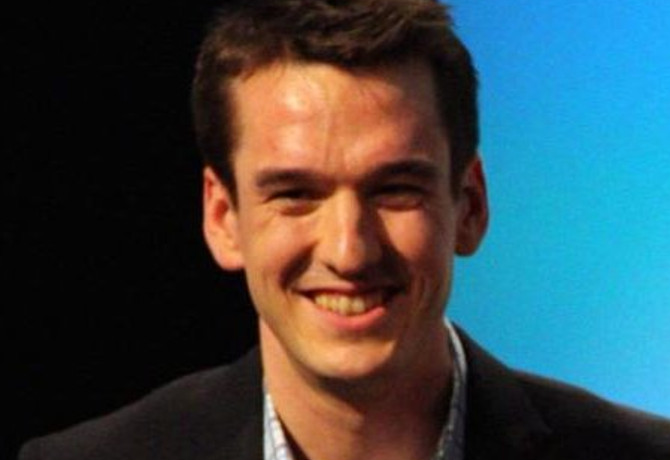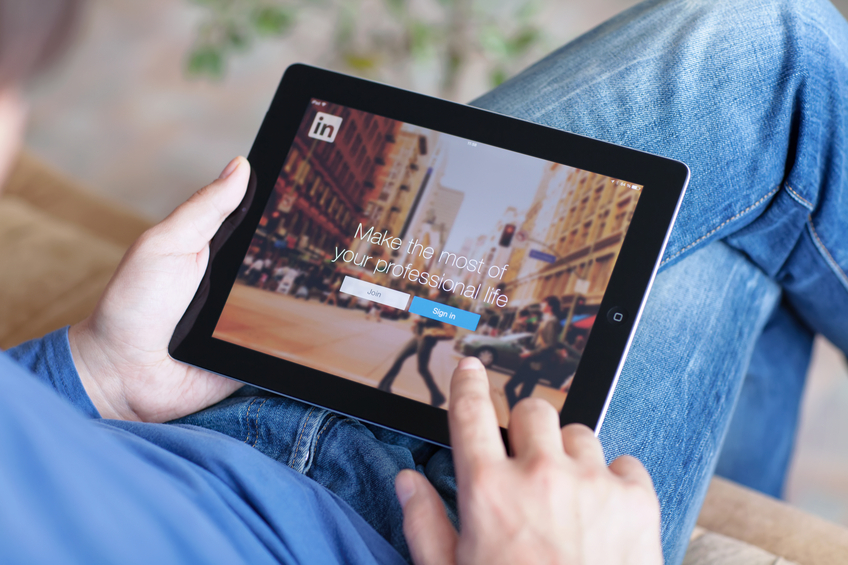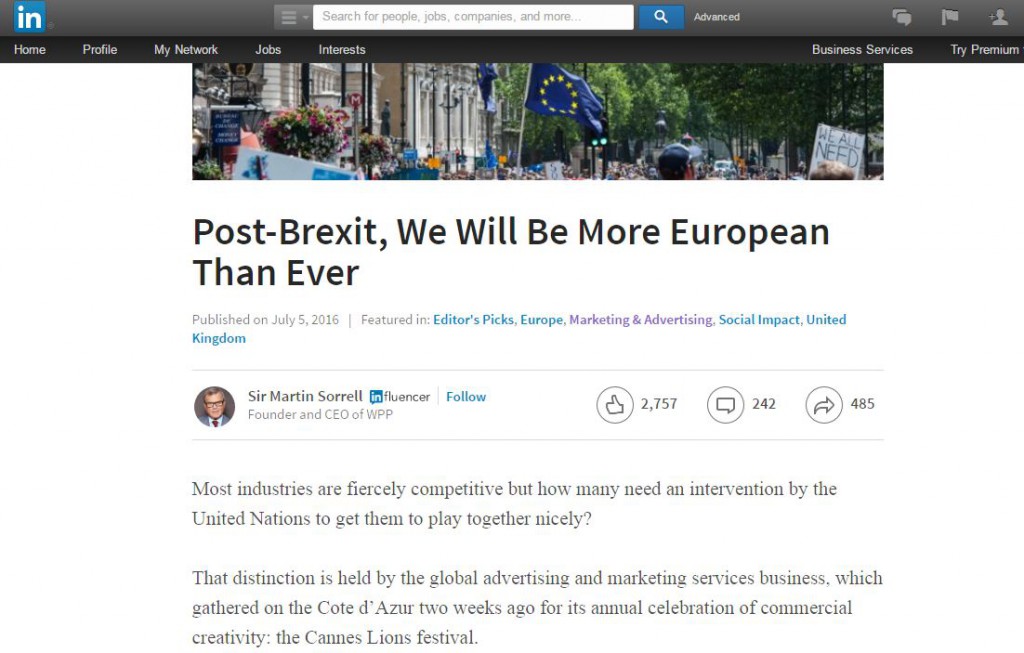LinkedIn’s managing editor Chip Cutter spoke to M&M Global about the network’s content strategy, its Influencers programme, and its plan to move into the world of video.
Things have changed significantly since the wonderfully-named Chip Cutter joined LinkedIn’s fledgling editorial team from Associated Press in late 2011.
At that point in time, the editors were primarily responsible for curating third part content – the links to articles posted on the social network by publishers and members. Over the past five years, its operation has evolved rapidly and, through its contributor recruitment programme, it now generates masses of its own content.
Over 500 business leader ‘Influencers’ – from Bill Gates and Sir Richard Branson to WPP’s Sir Martin Sorrell – add to the 150,000 posts published in the English language on LinkedIn each week, in an effort to reach the platform’s 450 million global users.
Over 11,000 posts were submitted on the subject of Brexit earlier this summer, and some speculate the platform’s content potential was a key motivation behind Microsoft’s on-going $26.2bn acquisition of LinkedIn.
“Everybody has something to say and we’re helping to curate that content,” says Cutter, LinkedIn’s managing editor in the US and one of a “couple dozen” editors dotted across international time zones.
‘People making decisions’
The prevailing theory behind LinkedIn’s content strategy is the belief that its members want to hear from decision-makers at the top, rather than consuming bland, corporate thought-leadership articles.
“You want to hear directly from the people making decisions, [not] gatekeepers in the media,” says Cutter. “There are people behind all of these brands. We always say we would rather hear from a person, rather than a faceless organisation. Someone like [Unilever chief marketing officer] Keith Weed talking about how he’s making sense of all the changes in marketing.”
Cutter cites the approach taken by hotel company Marriott. The firm’s chief executive Arne Sorensen is a LinkedIn Influencer, while other executives have contributed articles on other themes and topics around the hospitality industry.
“We would rather see something that has really got the comments section fired up”
These articles have been promoted by LinkedIn on editorial grounds, rather than through any deal with LinkedIn Marketing Solutions, and Cutter claims a “church-state” line is maintained between its editors and commercial leaders.
And LinkedIn certainly offers Influencers a sizeable audience. Take a post by GroupM’s chief digital officer Rob Norman in January on this year’s CES, which has been viewed over 200,000 times and generated over 600 comments. And it is the latter metric which excites LinkedIn far more than views and impressions, according to Cutter.
“We prioritise engagement – comments and shares – over views. Yes, you can get views if you write click-bait type stories, get numbers in the headlines – ‘Seven ways to be more productive before 5:30am’ – but we think that is not necessarily what has the most value, he says.
“We would rather see something that has really got the comments section fired up. We’re obsessed with what is taking off that way.”

Video launch
That is not to say that lists are off the menu at LinkedIn. The platform has launched its series of lists based on LinkedIn data, including a ‘Top Attractors’ ranking of companies best at attracting and keeping top talent. Also forthcoming is a ‘Next Wave’ list of upcoming professionals aged under 35.
Also on the agenda for 2016 is its fledgling LinkedIn Record video app, which allows its Influencers to film 30-second responses to topical questions. Take the network’s own co-founder Reid Hoffman speculating about how Artificial Intelligence is going to disrupt working patterns. “It’s tapping into people’s expertise, and sharing what they know,” he says.
Despite this rush towards original content, Cutter insists LinkedIn remains committed to working with international publishers, listing its relationship with the likes of the Wall Street Journal, New York Times and The Guardian.
“We’re still working with big-name publishers too. Whether that’s a post written on the platform or something that is written by a great journalist somewhere else, we just want to make sure that we have the read headlines for the right people,” he says.
“We have editors pitching to us all day long. But we also have journalists sharing posts on their own personal platforms, and publishers have big followings for their own pages.”









